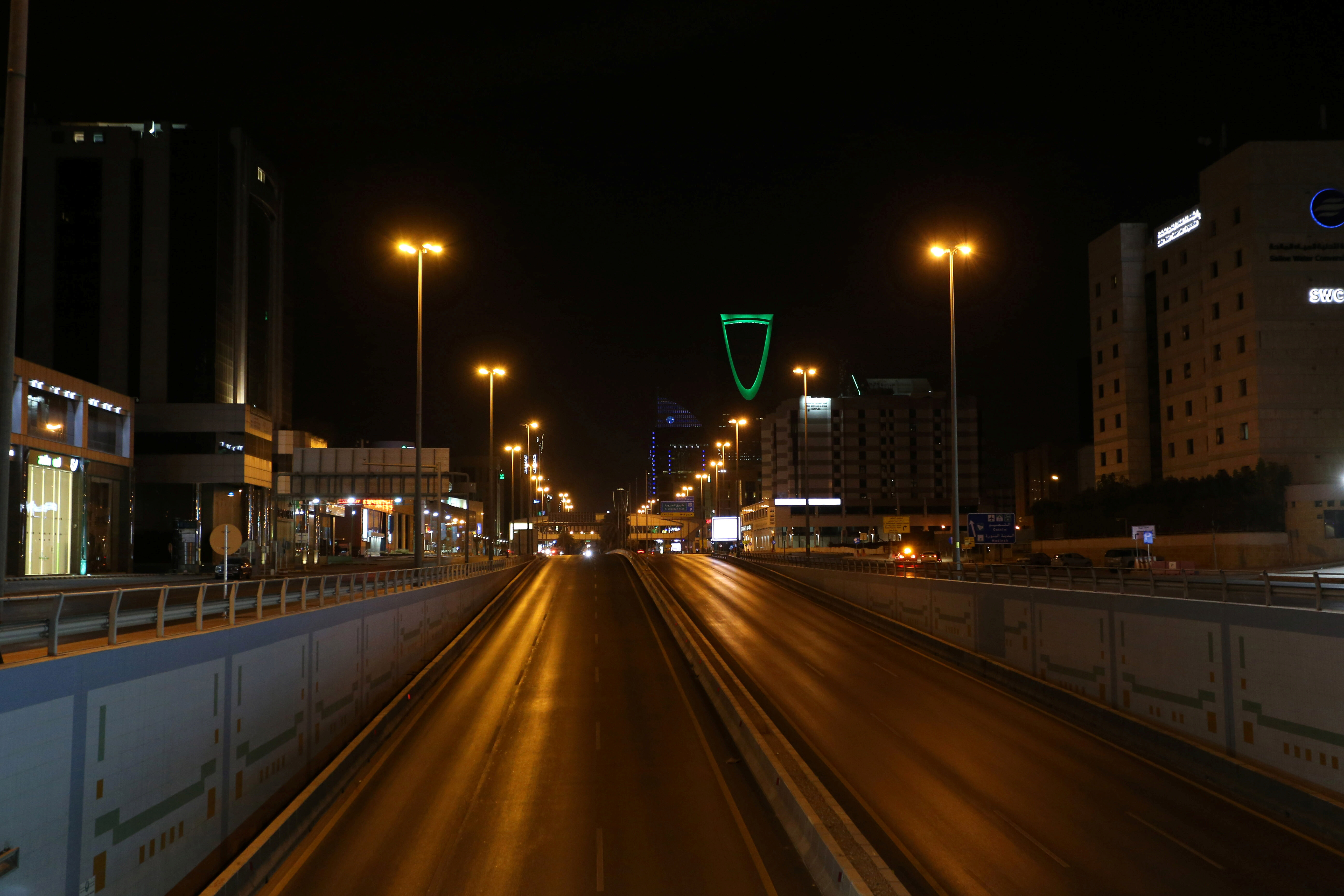India’s mega-rich are on the rise

Crazy rich Indians ... rapid private wealth growth is concentrated in the hands of a few. Image: REUTERS/Danish Siddiqui
India’s rich are becoming wealthier, in some cases unimaginably so. Back in 2000, there were just nine billionaires in the country. Now there are 119.
But while the headline figures show Indians are getting richer faster than the citizens of any other major economy, as in so many countries this good fortune is concentrated in the hands of a tiny minority.
Between 2008 and 2018, private wealth in India practically doubled, according to the Global Wealth Migration Review 2019 report. But the 98% growth seen during that period could be eclipsed by the rate of growth anticipated over the coming 10 years, say the authors from the Mauritius-based AfrAsia Bank and the South Africa-based market research firm New World Wealth.
That would mean India will overtake China as the fastest wealth-accumulating country in the world, and that by 2028, the combined private wealth of Indians will be more than double that held in Australia, Germany or the UK.
Minding the inequality gap
While wealth is indisputably on the rise, a great many Indians may find they have little to celebrate. In short, the newly gathered wealth is not being spread around evenly, as a report from Oxfam into income inequality highlighted:
- The top 10% of the Indian population holds 77% of the total national wealth
- 73% of the wealth generated in 2017 went to the richest 1%
- 67 million Indians who comprise the poorest half of the population saw only a 1% increase in their wealth
- 63 million of them are pushed into poverty because of healthcare costs every year – almost two people every second
Another trend is the rate at which wealthy Indians are setting up home elsewhere – typically Australia, Canada and the US, which have become destinations of choice for many of the world’s uber-wealthy expats.
In the World Economic Forum’s 2018 Inclusive Development Index, India ranked 62nd out of 74 emerging economies. It found that although poverty has been in decline in India, 6 in 10 Indians still live on less than $3.20 per day.
What is AMNC, the World Economic Forum's meeting in China?
A generational change
A new generation of entrepreneurs is responsible for the explosive growth in private wealth in India. The fortunes of some older, more established business leaders have waned in recent years, both literally and figuratively, according to Bloomberg.
As well as the “large number of entrepreneurs”, the AfrAsia Bank/New World Wealth report credits competitive wages and an English-speaking population for India’s economic rise. It predicts that financial services, IT, business process outsourcing, real estate, healthcare and media industries will all become high-growth sectors of the Indian economy.
Don't miss any update on this topic
Create a free account and access your personalized content collection with our latest publications and analyses.
License and Republishing
World Economic Forum articles may be republished in accordance with the Creative Commons Attribution-NonCommercial-NoDerivatives 4.0 International Public License, and in accordance with our Terms of Use.
The views expressed in this article are those of the author alone and not the World Economic Forum.
Stay up to date:
India
Forum Stories newsletter
Bringing you weekly curated insights and analysis on the global issues that matter.
More on Geographies in DepthSee all
Jon Huntsman Jr and Sri Nazir Razak
December 1, 2025








